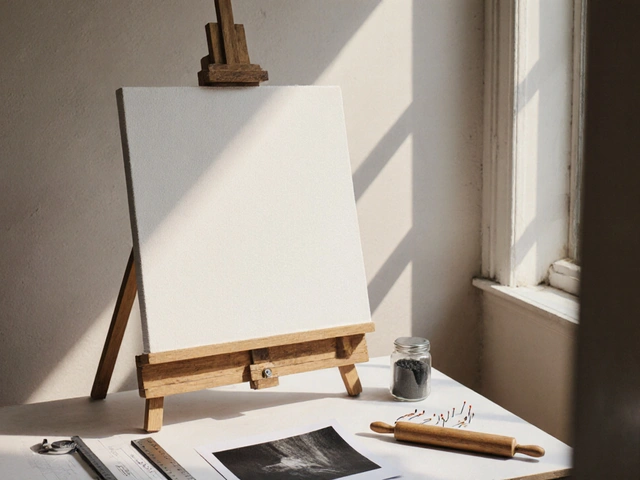
Jak čekání na správný čas ovlivňuje výsledek malby
Je známo, že při malování může být načasování kritickou složkou pro dosažení nejlepších výsledků. Především, pokud jde o aplikaci penetrace na stěny, je důležité dodržet optimální časový odstup před samotným nanášením barvy. Všeobecně platí pravidlo, že je třeba počkat, až penetrace zcela zaschne. Tento proces může trvat různou dobu v závislosti na specifickém typu použitého produktu, povětrnostních podmínkách a relativní vlhkosti v místnosti. Může to být od několika hodin do celých dnů.
V některých případech je doporučeno dodržet čekací dobu až 24 hodin. Tento čas umožňuje penetraci nejen kompletně zaschnout, ale také ji umožňuje adekvátně vytvrdnout, což je klíčové pro následnou odolnost vůči vlhkosti, prachu a dalším vnějším faktorům.
Importance of Surface Preparation
Preparation is key in any painting project. Before you even think of dipping your brush into the paint, ensuring the surface is clean, dry, and free from defects is crucial. Cleaning the walls from dirt, dust or grease and repairing any cracks or damages not only ensures the adherence of the primer or the paint but also contributes to the finish quality of your project.
Especially when dealing with surfaces that have been treated with a penetrating agent, double-checking that the agent has fully dried and cured is essential. Skipping this step or rushing into painting can lead to a subpar finish or, even worse, might require redoing the entire project.
Factors Influencing Drying Time
Drying time for penetrating agents can vary greatly based on several factors. These include the type of the product used, the environment in which the application is done, and the condition of the surface itself. For example, water-based products tend to dry faster than their oil-based counterparts. Similarly, a well-ventilated room with low humidity will facilitate quicker drying compared to a damp, poorly ventilated space.
It's also worth noting that different brands and types of penetrating agents may have specific instructions regarding their drying times. Always refer to the manufacturer's guidelines to avoid any mishaps.
Testing for Readiness
Prior to painting, conducting a simple test to check if the penetrating agent has adequately dried is advisable. This can involve lightly touching the surface to feel for any tackiness or using a moisture meter to measure the level of moisture in the surface. If the surface feels dry to the touch and the moisture levels are low, it's generally safe to proceed with painting.
This step, although simple, can save you from many headaches down the line. Ensuring the surface is ready not only guarantees better adherence of the paint but also a smoother, more professional finish.
The Best Conditions for Painting After Penetration
Once you've determined the penetrating agent has dried, choosing the optimal conditions for painting becomes the next crucial step. Ideal painting conditions include a dry environment, low humidity, and mild temperatures. It's also preferable to avoid painting in direct sunlight, as this can cause the paint to dry too quickly, potentially leading to uneven coverage or brush marks.
Planning your painting project during these conditions can help in achieving the best possible results, ensuring a durable and visually appealing finish.
Professional Tips for a Flawless Finish
Many professionals agree that patience and adherence to proper drying times can significantly affect the final outcome of a painting project. Here are a few tips from the pros:
- Always use high-quality materials, from the penetrating agent to the paint itself.
- Apply the paint in thin, even coats to promote quicker drying and a uniform appearance.
- Consider using a primer specifically designed to work with the type of penetrating agent you've used. This can enhance the paint's adherence and durability.
- For the ultimate finish, lightly sanding the surface after the penetrating agent has cured but before painting can provide a smooth base that greatly improves the final look.
By following these tips and ensuring your surface is fully prepared, you can achieve professional-quality results even in DIY projects.
Conclusion
In conclusion, determining the right time to paint after applying a penetrating agent is crucial for the success of your painting project. Understanding the factors that influence drying times and preparing the surface accordingly can make a significant difference in the final result. By taking the necessary precautions and following the advice outlined in this guide, you can ensure a smooth and satisfying painting experience.





